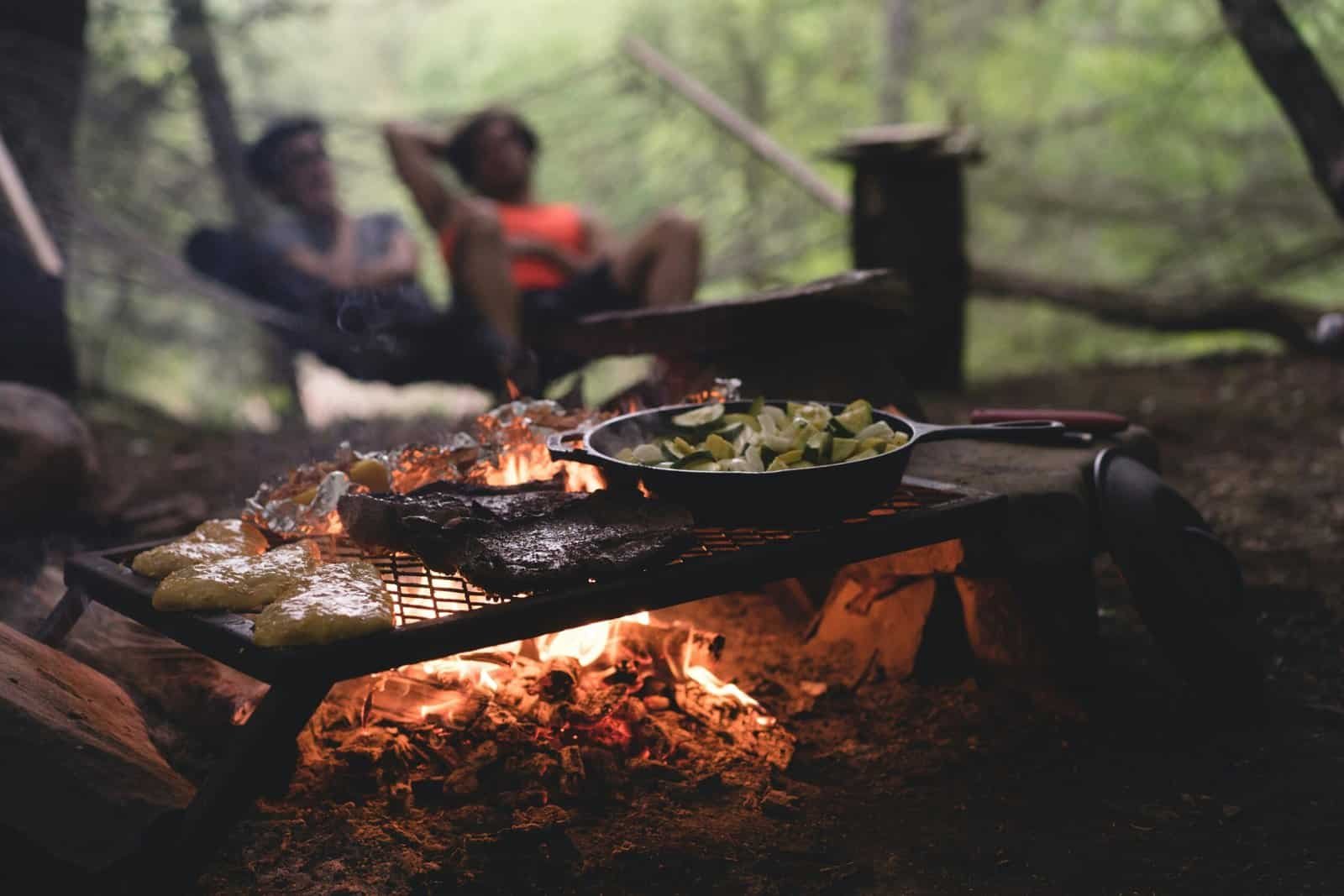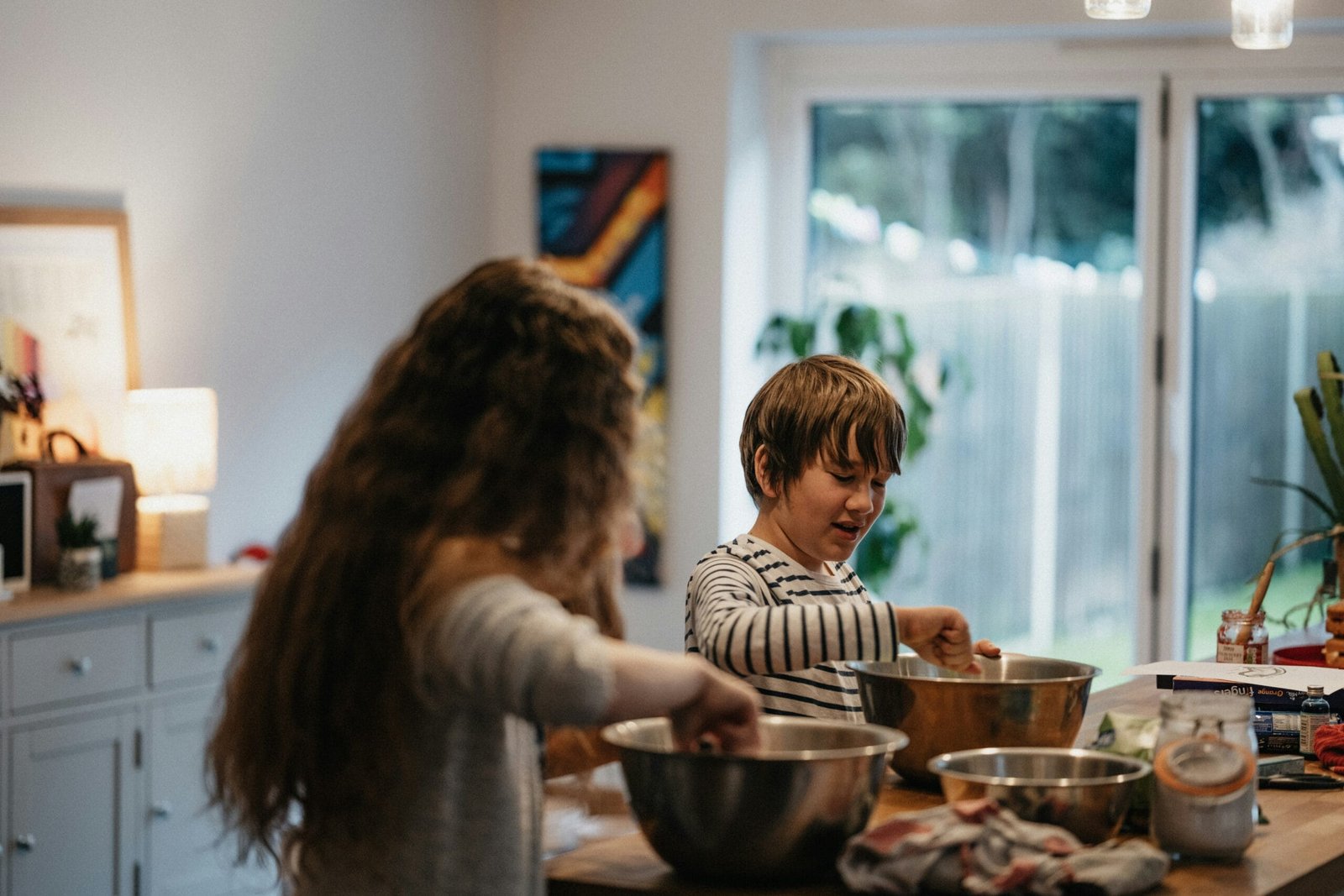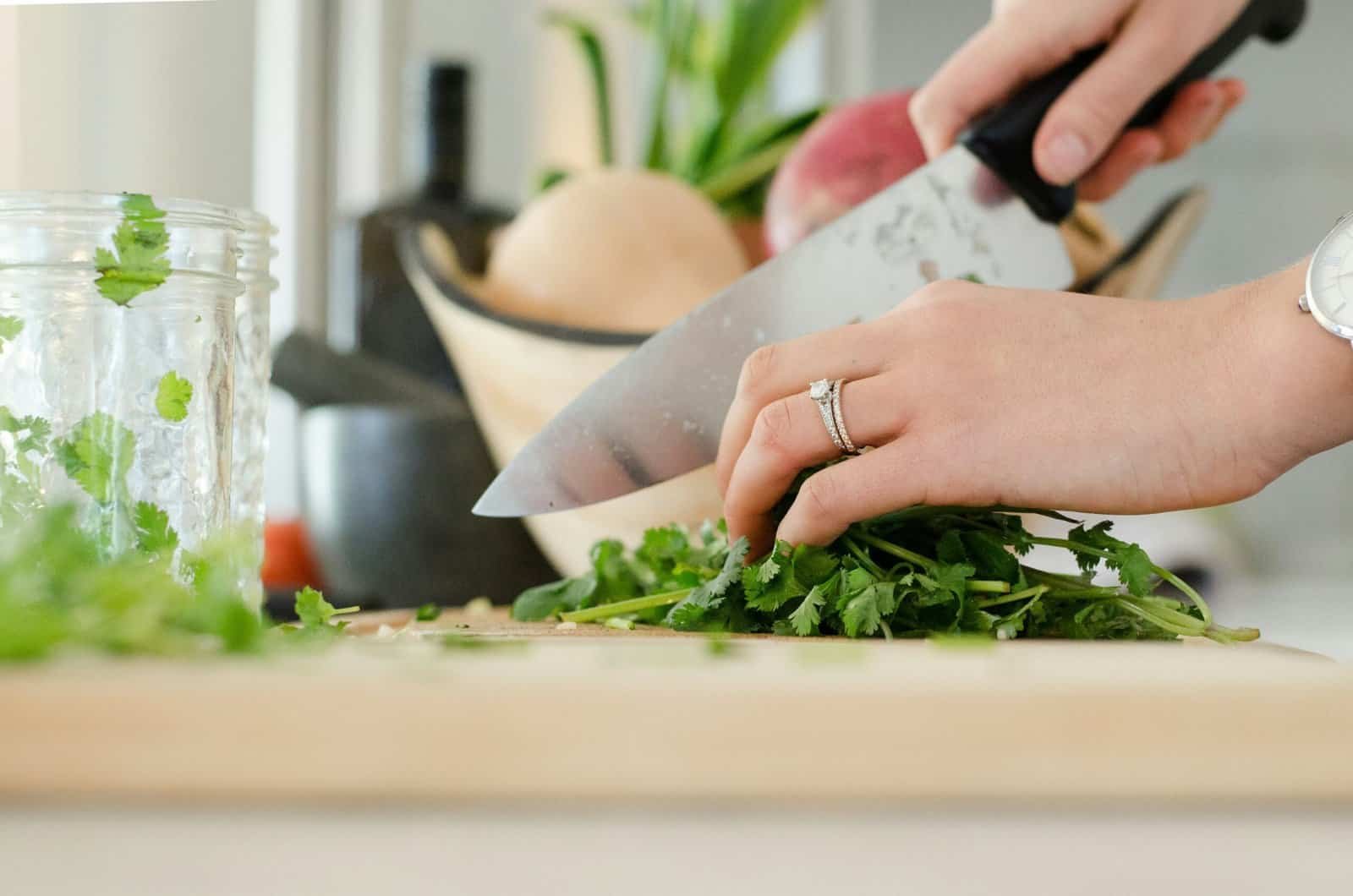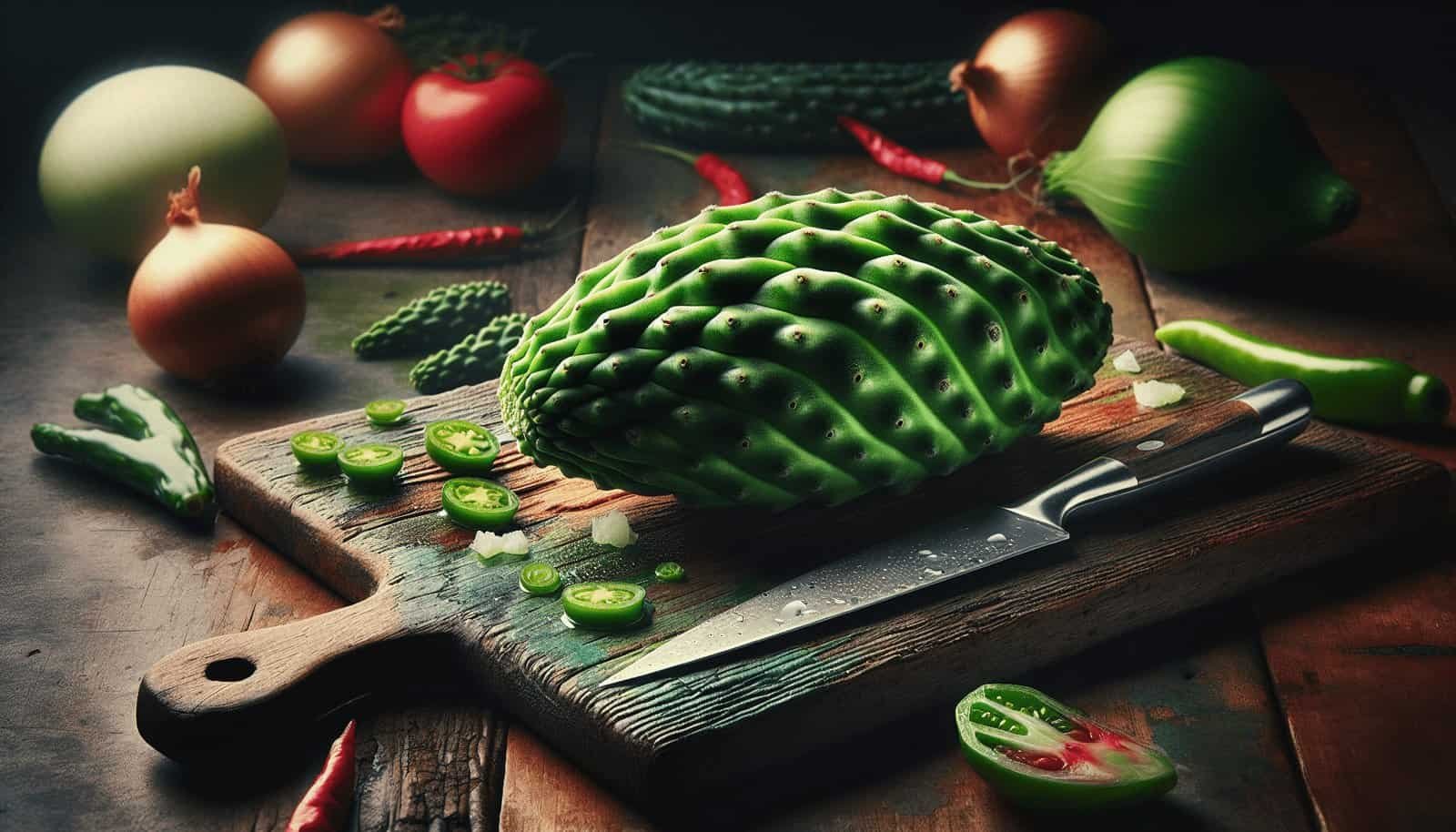Have you ever wondered how you can enhance your casseroles with diverse flavors and nutritious ingredients? Introducing nopal, also known as prickly pear cactus, can be a game-changer in your culinary adventures. This article is your go-to guide on preparing nopal for casseroles, offering insights and tips to elevate your cooking to new levels.
Nopal is a staple ingredient in Mexican cuisine, prized for its versatility and health benefits. When preparing to incorporate this unique cactus into casseroles, we’ll simplify the process and equip you with the knowledge to create delightful dishes. Let’s walk through each step to ensure nopal complements your casseroles perfectly.

Understanding Nopal: A Nutritional Powerhouse
Before diving into the preparation process, it’s essential to understand what nopal brings to your table. By doing so, you can appreciate not only its flavor but also its nutritional value.
What is Nopal?
Nopal, commonly known as the pads of the prickly pear cactus, is an edible part of the plant. Typically found in desert regions, it’s been part of Mexican cuisine for centuries. Its slightly tangy taste and crisp texture make it a refreshing addition to various dishes.
Nutritional Benefits of Nopal
Nopal is packed with essential nutrients, making it a healthy addition to your meals. It is rich in fiber, vitamins, and minerals while being low in calories. Here’s a quick look at the nutritional profile:
| Nutrient | Benefits |
|---|---|
| Fiber | Supports digestion and promotes satiety |
| Vitamin C | Boosts immune health and collagen production |
| Magnesium | Supports muscle and nerve function |
| Calcium | Essential for bone health |
| Antioxidants | Fight against free radicals |
Including nopal in your diet can promote overall wellness, from boosting immunity to helping in weight management. Now that you’re aware of its benefits, let’s focus on how to prepare it for casseroles.
Preparing Nopal: From Cleaning to Cooking
Adding nopal to your casseroles requires a few essential steps to ensure the best texture and flavor. Here’s a detailed look into preparing it efficiently.
Cleaning Nopal
The first step involves cleaning the nopal pads to remove any spines or glochids, which are the tiny bristles that can be irritating if not handled properly.
- Wear Protective Gloves: This is crucial to avoid getting pricked by the spines.
- Rinse Thoroughly: Wash the nopal under running water to remove dirt and debris.
- Remove Spines: Using a sharp knife, carefully scrape the surface to remove all spines and glochids, ensuring both sides are smooth.
- Trim Edges: Trim about half an inch from the edges of the pads, as they’re often tough and contain small spines.
Ensure to rinse again after cleaning, just in case any spines were overlooked. The cleaned pads can now be moved on to the next steps.
Slicing Nopal
Once cleaned, it’s time to slice the nopal into the desired size for your casserole. Depending on your preference, you can slice it thinly into strips or dice it into bite-sized pieces.
- Strips: Cut the pad into long strips, resembling green beans, which hold their shape well when cooked.
- Dice: Dicing into small cubes is preferable for a more uniform distribution in casseroles.
Slicing adjustments can be made based on the type of casserole you’re preparing. Strips may work better in layered dishes, while diced pieces are ideal for mixed casseroles.
Cooking Techniques for Nopal
Cooking nopal before adding it to casseroles helps to soften the texture and mellow out the slightly tart flavor. Here are two general cooking methods you can consider:
Boiling
Boiling is a straightforward way to cook nopal and remove its natural sliminess, known as mucilage, making it more palatable for casseroles.
- Boil Water: In a pot, bring water to a boil and add a pinch of salt.
- Add Nopal: Once boiling, add the nopal slices and cook for about 10-15 minutes or until tender.
- Drain and Rinse: Drain the water and rinse nopal under cold water to cool and halt the cooking process.
Sautéing
Sautéing in a skillet can add more flavor, ideal for richer casseroles that pair well with a bit of seasoning.
- Heat Oil: In a skillet, heat a bit of oil over medium heat.
- Add Nopal: Add the nopal slices and cook, stirring occasionally.
- Season and Cook: Season with salt, pepper, or spices of your choice, cooking until they lose most of their moisture.
Deciding between these cooking methods depends on your flavor preferences and the type of casserole you’re creating.
Removing Excess Slime
One of the unique challenges with nopal is dealing with the mucilage or slime that it naturally releases. This can be minimized during cooking, ensuring your casserole’s texture isn’t compromised.
Using Acidic Ingredients
Incorporating acidic elements during the cooking process can help reduce slime. Adding a few tablespoons of lemon juice or vinegar to the boiling water or sautéing pan can help break down the mucilage, keeping your dish appetizing.
Rinsing Methods
After boiling, rinsing the nopal under cold water helps wash away any remaining sliminess. If desired, repeat the rinsing process more than once until the desired texture is achieved.

Incorporating Nopal into Casseroles
With the nopal expertly prepared, it’s time to incorporate it into your favorite casseroles. Here are some tips and ideas to inspire your culinary creations.
Flavor Pairings with Nopal
Nopal gently absorbs and complements the flavors it’s paired with. Here are some effective pairings to consider:
- Cheese: Cheddar, mozzarella, and feta can enhance the savory aspects of nopal, creating a creamy contrast.
- Spices: Cumin, coriander, and chili powder provide warm, earthy notes.
- Herbs: Cilantro and parsley add freshness and a touch of herbal taste.
- Proteins: Chicken, beef, and beans mix well with nopal’s distinct flavors.
Sample Nopal Casserole Recipe
Let’s look at a sample recipe, encouraging you to adapt it further based on your preferences.
Ingredients
- 2 cups of prepared nopal, diced
- 1 pound of ground beef or chicken
- 1 cup cooked rice or quinoa
- 1 cup of grated cheese (e.g., cheddar)
- 1 can black beans, drained
- 1 medium onion, chopped
- 2 garlic cloves, minced
- 1 cup tomato sauce
- 2 teaspoons cumin
- Salt and pepper to taste
- 1 tablespoon olive oil
Instructions
- Preheat Oven: Preheat your oven to 375°F (190°C).
- Cook Meat: In a skillet, heat olive oil over medium heat. Add onion and garlic, sautéing until translucent. Add the ground meat, cooking until browned. Season with cumin, salt, and pepper.
- Combine Ingredients: In a large bowl, mix the cooked meat, nopal, black beans, cooked rice, and tomato sauce. Stir in half of the grated cheese.
- Assemble Casserole: Pour the mixture into a baking dish, spreading it evenly. Top with the remaining cheese.
- Bake: Bake in the oven for 20-25 minutes or until the cheese is melted and bubbly. Allow cooling slightly before serving.
Customizing Your Casserole
Part of the fun with casseroles is customizing them to suit your taste. Consider these variations:
- Vegetarian Version: Omit the meat and add more beans and vegetables like bell peppers or zucchini.
- Spicier Option: Add jalapeños or use a spicy cheese blend to increase the heat.
- Texture Change: Add crushed tortilla chips or breadcrumbs on top for a crunchy finish.

Conclusion: Embracing Nopal in Your Cooking
By now, you should feel confident about preparing nopal for casseroles. Its versatility and nutritional profile not only enhance your dishes but also contribute to a balanced diet. As you embrace nopal in your cooking, experiment with different flavors and techniques to find your perfect casserole combination. Enjoy this fresh, nutritious component that adds a touch of authenticity and intrigue to your culinary creations.


